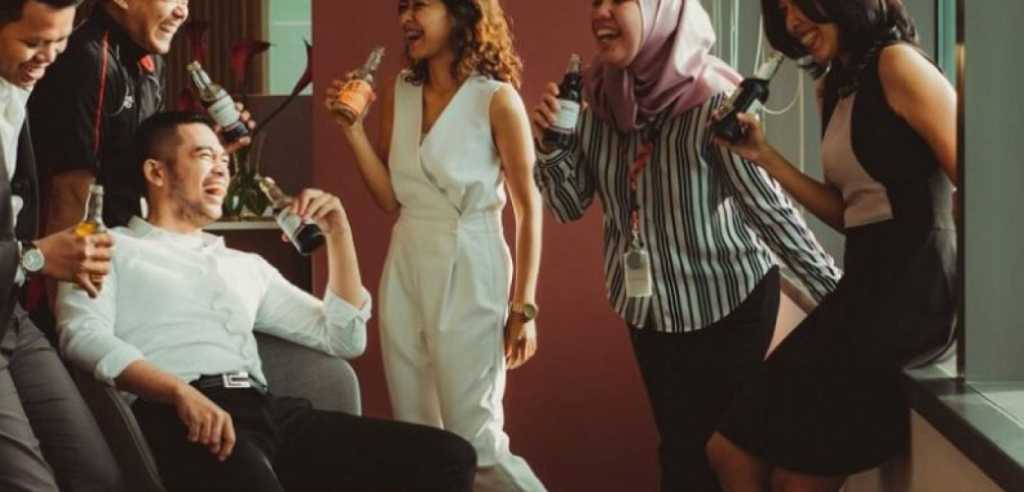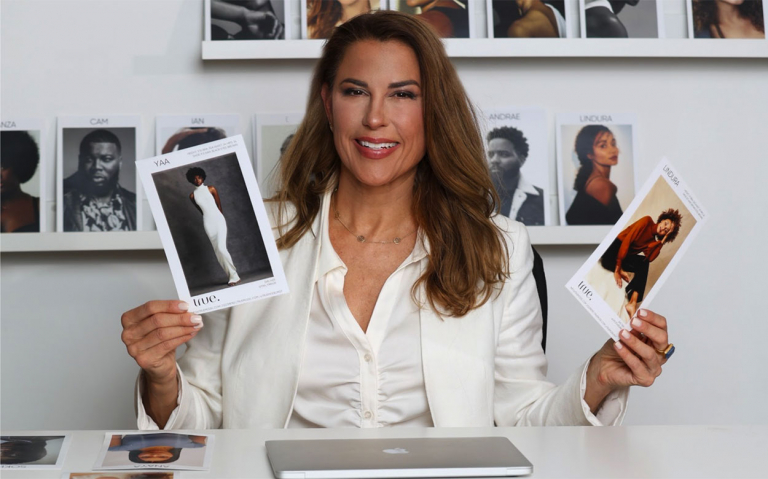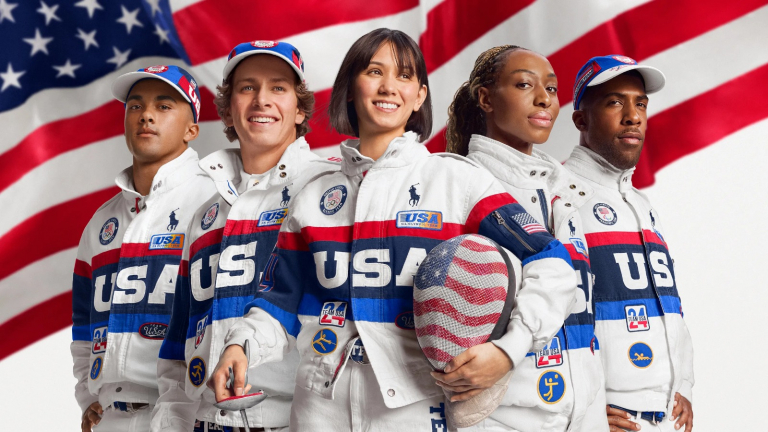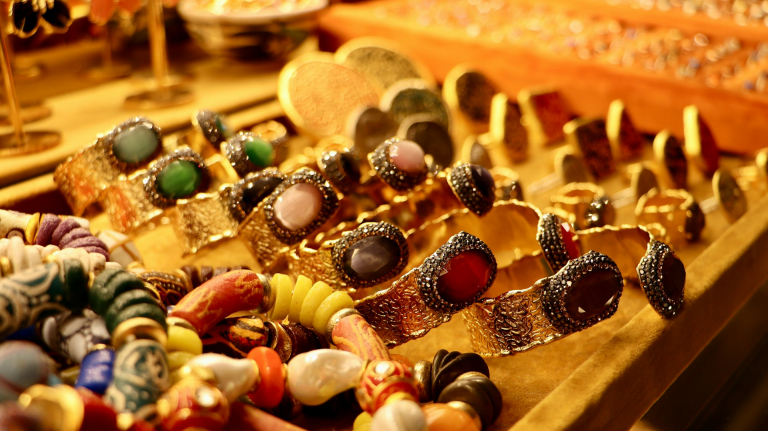As more industries look to expand their markets, the word “inclusivity” has become a bit of a buzz term recently. For fashion, this has caused brands to co-opt the term without making any real initiatives to fight for a more accepting and open industry. Often, the term gets confused or lumped together with “diversity,” but the two aren’t the same.
While the Council of Fashion Designers of America (CFDA) defines diversity as the “measure of difference,” inclusivity ensures that these varying groups of people actually feel welcome. That said, companies and organizations should avoid tokenism and surface-level advocacies.
Beyond POC folks gracing magazine covers and plus-size models walking down runways, just how central is inclusivity within fashion industry concepts today?
The Current State of Fashion
CFDA’s briefing acknowledges that the fashion industry is taking definite steps towards this notion of inclusivity, especially with consumers demanding more representation from brands. Case in point is Laverne Cox closing 11 Honoré’s first runway show: the show in itself broke ground by featuring all plus-sized models in high-end fashion, and having Cox as the grand finale showed that we were entering a new era of fashion.
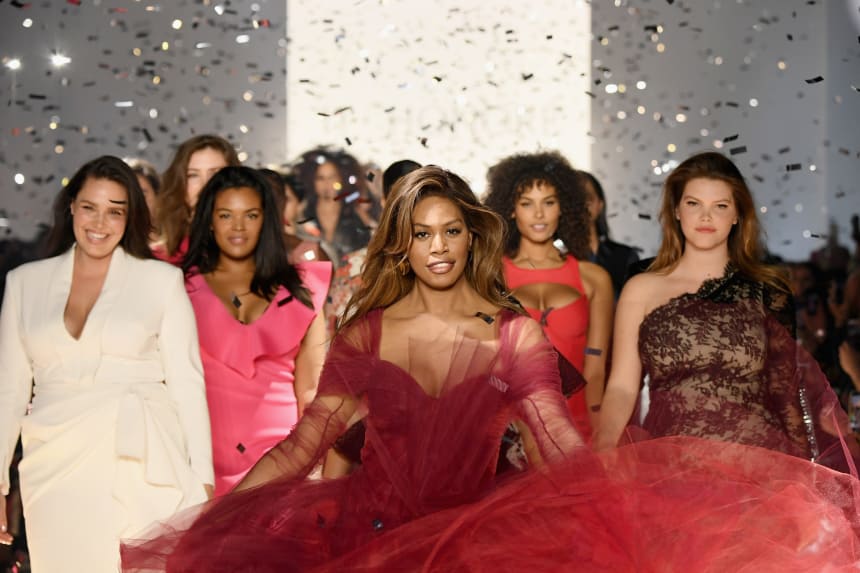
Critics have argued that these strides towards inclusivity can often be interpreted as acts of tokenism, with magazine labels and fashion houses, using this idea as a way to cash in on more profits. Tokenism is a debate that’s difficult to argue both for and against.
On the one hand, you have critics who assert that featuring diverse women on the runway and on magazine covers is no more than mere lip service. On the other, you have those who see such moves as a win and are happy that they’re seeing big brands and titles actually represent people who look like them.
People are entrusting the fashion industry to push for more inclusivity through these points of diversity, which will most likely continue to grow from here on.
The Necessity Of Enhanced Inclusivity
It looks like the fashion industry has a ways to go, however, in terms of inclusivity: industry leadership still remains at the hands of a select few. This problem doesn’t just occur at the level of fashion designers, even though the rise of designers like Virgil Abloh and Rihanna should definitely be celebrated. The problem of fashion inclusivity is enmeshed within the industry, and ranges from a brand’s board of directors to the marketing heads.
The scandal surrounding Abercrombie & Fitch’s Mike Jeffries, where he alleged that only ‘cool people’ (AKA straight-sized and Caucasian) can wear his brand, shows just how systemic the problem is. Despite A&F rightly sacking Jeffries, this scandal touches on the issues of vanity sizing, models’ appearances, and branding — and, more importantly, how decisions for these are often left in the hands of those at the very top with a specifically narrowed vision.
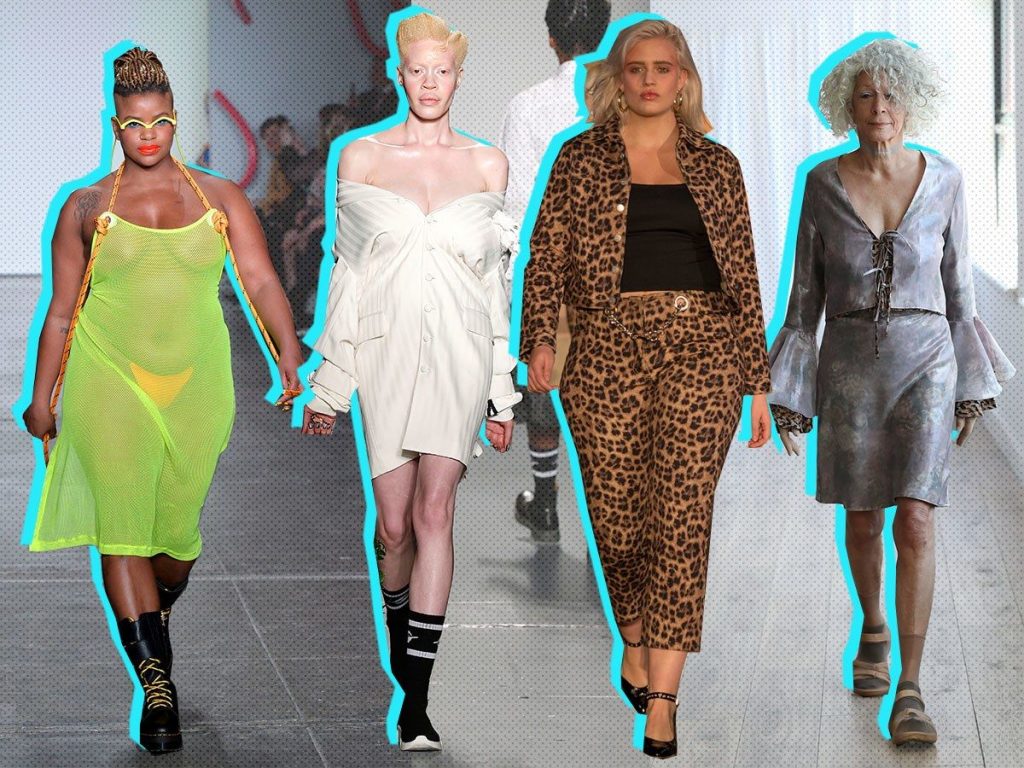
Industry-Wide Strides Being Made
This constant battle between diversity and inclusivity occurs at the same time that consumers are starting to be more deliberate about what they buy. J. Crew’s Sustainability Director Gonzalo Pertile sees the rise in sustainable shopping as a total shift in mindset, not just a passing trend.
Rather than wait for these huge corporations to change the fashion industry, small brands and boutique labels are taking it upon themselves to make room for themselves on the table… or rather, create a whole new table entirely.
In fact, the situation has been getting better. Online retailer Woman Within is renowned for its wonderful dresses as well as carving out a special place where plus-size women can see themselves as a target market rather than an afterthought, as is often the case with other fashion retailers. From their well-designed dresses to their pants, their garments are tailored to flatter plus size women.
Similarly, Uniqlo’s ongoing partnership with designer Hana Tajima normalizes modest dressing, making it an appealing option to everyone, instead of just Muslim women. Previously, the designer was lauded for designing the brand’s first hijab, a welcome step in pushing inclusivity into the mainstream. The relationship between fashion and inclusivity may look bleak, but this means that the situation can only get better from here on.
While fashion inclusivity needs to be solved from beyond the consumer level, understanding these dynamics can lead to more informed choices, which can in itself influence how the industry operates. To hear more discussions surrounding these central ideas of inclusivity and diversity within the industry, be sure to check out our panel talks, in which these exact ideas are explored further.
Want know more about fashion world? FASHINNOVATION!

